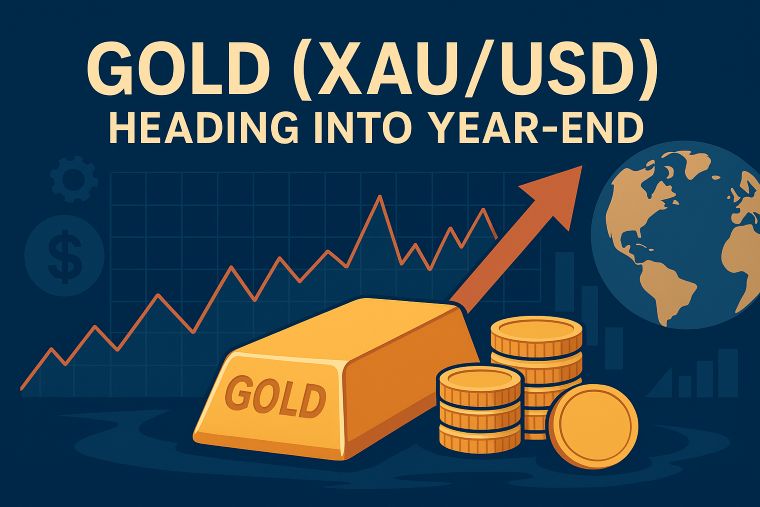3 min to read
Dollar-Yen Stabilizes in the Late 147-Yen Range
Prudent Watchfulness Precedes FOMC

“Dollar-Yen Stabilizes in the Late 147-Yen Range - Prudent Watchfulness Precedes FOMC”
In today’s New York foreign exchange market, the dollar-yen exchange rate has persistently held its ground within the late 147-yen range. The prevailing sentiment remains cautiously vigilant as market participants eagerly await the impending results of the Federal Open Market Committee (FOMC) meeting, scheduled for tomorrow. Simultaneously, the enduring upsurge in crude oil prices, with WTI briefly reaching the upper 93-dollar range, has led to an increase in yields on U.S. bonds. This, in turn, has provided a support pillar for the dollar-yen exchange rate. A prevailing notion within the market is that the FOMC may embrace a more hawkish stance during tomorrow’s announcement.
Although widespread expectations suggest that interest rates will remain unchanged, the focal point lies on the interest rate projections, often referred to as the “dot plot,” and the economic outlook presented by the FOMC members. The pivotal question revolves around whether these projections will fortify a hawkish sentiment. Of particular intrigue is the interest rate outlook for 2024, where some market participants are contemplating the prospect of rate reductions. However, should the projections hint at maintaining the status quo, the prevailing hawkish sentiment could intensify. It’s noteworthy that in the June FOMC dot plot, FOMC members had indicated a median range for next year’s interest rate outlook of 4.50% to 4.75%, implying potential rate cuts.
The Euro-dollar exchange rate briefly exhibited a resurgence, ascending to approximately 1.0720 dollars before retracing to the 1.06-dollar range as the New York session commenced. The overall outlook for the Euro remains predominantly bearish, characterized by a consistent downtrend since mid-July.
Analysts have underscored the persistent bearish bias in the Euro-dollar exchange rate, with technical indicators signaling the continuation of recent weakness. Despite finding support around May lows over the past two days, the daily chart continues to portray a clear descending trajectory. The post-FOMC period may introduce the risk of a stronger dollar amid relatively subdued volatility, potentially appealing to short-term traders seeking opportunities to sell at higher levels. In the short term, the levels near the March low of 1.0515 dollars and the year-to-date low of 1.0485 dollars remain noteworthy reference points.
The Pound-dollar exchange rate continues to grapple with resistance, maintaining its stance within the 1.23-dollar range. While fleeting moments of ascension to the mid-1.24-dollar range were observed today, caution prevailed as the rate approached the vicinity of the 200-day moving average at 1.2435 dollars.
The focus of market attention currently centers on the impending release of FOMC results. However, this week also encompasses the Monetary Policy Committee (MPC) decision by the Bank of England, scheduled for Thursday. The MPC decision assumes particular significance for the Pound. While a 0.25% rate hike is widely anticipated, there is a growing perception of caution regarding rate hikes beyond November. This sentiment is emerging against a backdrop of heightened uncertainty regarding the future trajectory of the UK economy.
Simultaneously, there are indications that the Bank of England may announce an increase in the scale of UK bond sales for the 12 months commencing in October. Initially, the Bank of England had planned to reduce UK bond holdings by £80 billion over the same period. However, the pace of sales has been lethargic, with bond holdings decreasing by only approximately 7% compared to a year ago. An escalation in bond sales could signify a continued march towards normalized monetary policy, while also fortifying a financial safety net for potential crises in the bank’s balance sheet.
Visit XM Official Website.

